Following some intense negotiations through December, Volkswagen reached an agreement with its Works Council and the IG Metall union just before the Christmas break that will see it cut 35,000 jobs by 2030 and reduce production capacity by 734,000 units
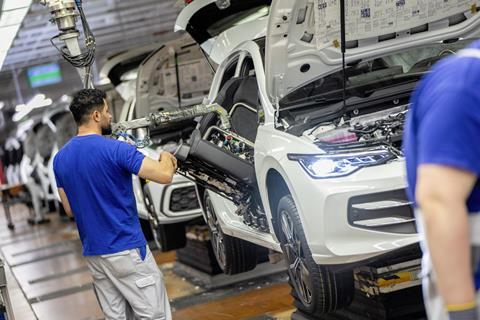
Following a series of “warning strikes” taken by factory workers in response to Volkswagen’s announcement of staff redundancies and plant closures across Germany in December, the carmaker has come to an agreement with IG Metall and the Works Council that will see the workforce reduced by 35,000 across VW locations by 2030. The Zukunft Volkswagen (Future Volkswagen) agreement will reduce production capacity “on a lasting basis” across German plants by 734,000 units.
Volkswagen said the agreement, which followed intensive negotiations through December, will save more than €15 billion ($15.6 billion) per year in the medium term, with annual labour costs accounting for €1.5 billion. The negotiations followed negative performance in 2024 and in a Q3 earnings call VW Group’s chief financial and operations officer, Arno Antlitz, said the VW brand was not earning enough to invest in its future. That led VW Group’s CEO Oliver Blume’s to conclude that “decades of structural problems” within the company necessitated extensive cost-cutting measures being implemented.
In October, the Volkswagen brand said it was looking to restructure across VW Passenger Cars, Volkswagen Group Components and Volkswagen Commercial Vehicles to get substantial cost reductions and maintain competitiveness. Its CEO Thomas Schäfer said that factory costs in Germany were currently 25% to 50% higher than planned, making plants in the country twice as expensive as its competitors.
Realignment and relocation
Production realignment in Germany includes the relocation of the Golf and Golf Estate models from the Wolfsburg plant (where it has been made for 50 years) to VW Group’s plant in Puebla, Mexico from 2027. The VW Golf is Europe’s third most popular passenger car, with almost 200,000 sold in the year up to October 2024 (+17.5%), which suggests an uptick in VW’s finished vehicle imports to Europe.
Production in Wolfsburg, which will in future include the ID.3 electric vehicle and the Cupra Born models, will be based on two assembly lines instead of four. An electric version of the Golf will be added by the end of the decade alongside another EV.
VW said it is looking at alternative options for the future of its plants in Dresden and Osnabrück. Production at the Transparent Factory in Dresden will terminate at the end of 2025 and it said alternative options could include “a third-party scheme”. The T-Roc Cabrio will be continue to be manufactured in Osnabrück until mid-2027 after which VW will look at options for a different use of the site.
The Emden plant will continue to make the ID.4, and ID.7 Tourer and saloon models, and Zwickau will make the Audi Q4 e-tron and Q4 e-tron Sportback on a single line from 2027.
Taken together the package of measures included in the Ankunft Volkswagen agreement will reduce overcapacity at German locations and enable the carmaker to make vehicles at competitive costs even in the volume segment, said a spokesperson for VW.
Thomas Schäfer, CEO of the Volkswagen Passenger Cars brand said in a statement: ”We have set ourselves three priorities for the future of the Volkswagen brand: Reduce overcapacity in Germany, reduce labour costs and achieve competitive development costs. The negotiations have led to viable results in all three areas. With the agreed package of measures, we are in a position to largely close the gap in our performance programme. We have thus created the basis for making Volkswagen the technologically leading volume manufacturer by 2030 – with a clear plan, strong products and a clear commitment to Germany as a business location.”
In terms of parts manufacturing, VW said its Group Components division is going to focus on core components and aim at saving €3 billion by 2030, which includes a reduction in labour costs of €500m. The carmaker is holding on to VW Group Components sites in Kassel, Braunschweig, Salzgitter, Hannover, Wolfsburg and Chemnitz but new working time models are to be introduced to make production capacities more flexible, according to the company. It is not clear whether the focus on strategic core components could mean an increase in procurement of other parts from alternative sources.
VW said its main Volkswagen Commercial Vehicles plant in Hanover will remain the production site for the ID.Buzz and the Multivan. “Concrete measures have been agreed to sustainably reduce factory costs,” said the company in a statement. “This will enable Volkswagen Commercial Vehicles to create the basis for investing in future products using its own resources.”
Value over volume in China
At its Q3 earnings Antlitz also said that VW Group’s China operations were not making up for the deficit it was experiencing in Germany. However, around 35% of global deliveries in the first nine months of 2024 were to customers in China and VW Group aims to fight to strengthen its position on the Chinese market up to 2030, targeting 4m in vehicle sales and a proportionate operating result of around €3 billion from its joint venture operations there.
Those aims are ambitious given the discount battle going on in China of late. A spokesperson for VW in China told Automotive Logistics that currently the Chinese automotive market is characterised by high discounts, with up to 50% offered by many local competitors, many of whom are even launching new models with high discounts on the market.
“Volkswagen Group and its brands decided not to grow at any price in this environment,” said the spokesperson. “Instead, [it] is focusing on sustainable value creation and thus on ‘value over volume’. To achieve this, we are consciously accepting a decline in market share.”
Instead, VW Group is focusing on investment in future technologies and aligning its business with developing market conditions to remain competitive for the future, which is based on a ‘built in China, for China’ approach. According to VW, that approach means maintaining a high level of technical localisation, including the establishment of the innovation centre – Volkswagen China Technology Company – in Hefei, and the expansion of local partnerships. It also means a 30% faster production and development rate alongside optimised costs through local supply chains to quickly and efficiently place VW products in the price-sensitive market.
Stay posted for more about VW’s aims to compete in China, including on its EV platform and through its China Electronic Architecture (CEA), developed by Volkswagen Group China Technology Company (VCTC) and Cariad China in cooperation with XPeng, which is being used for BEV production from 2026
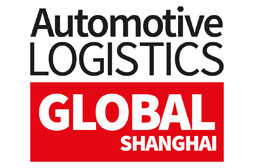


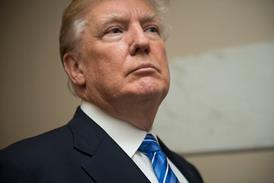
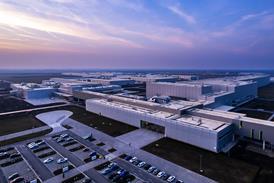

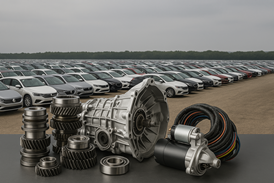

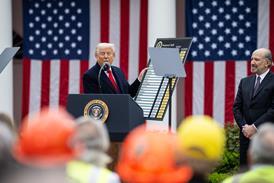
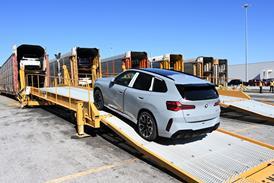
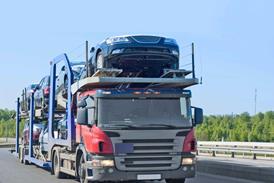
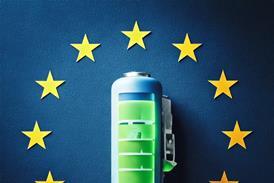
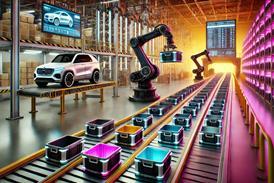
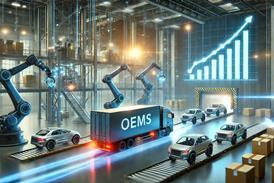
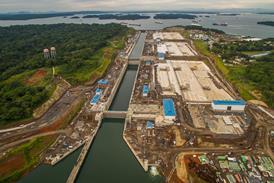
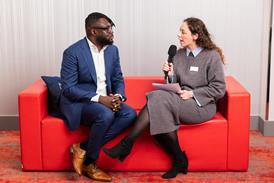

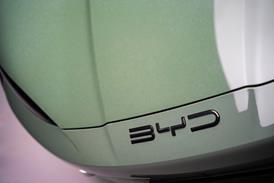
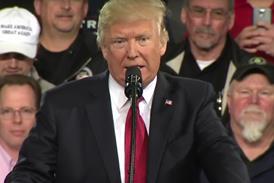
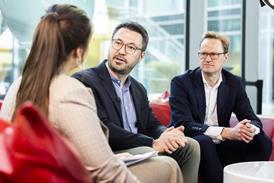
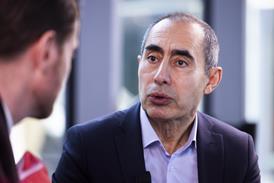

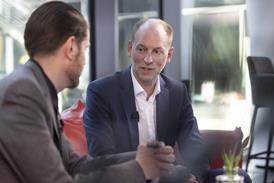
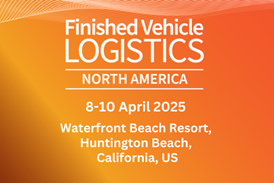
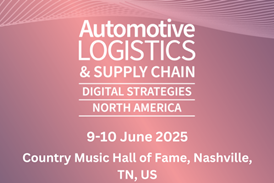
![Global[1]](https://d3n5uof8vony13.cloudfront.net/Pictures/web/a/d/s/global1_726550.svgz)
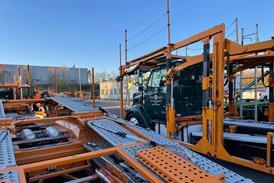
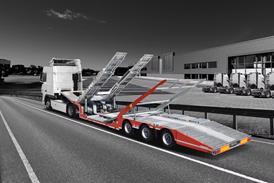
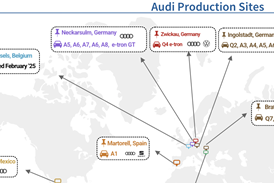
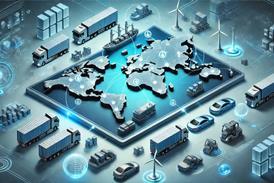

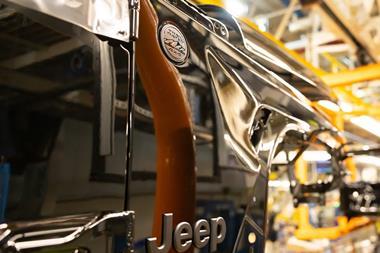



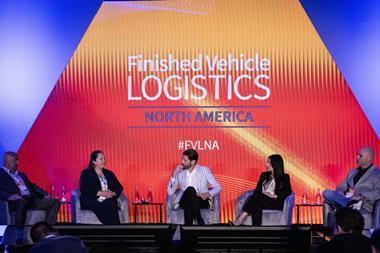



No comments yet